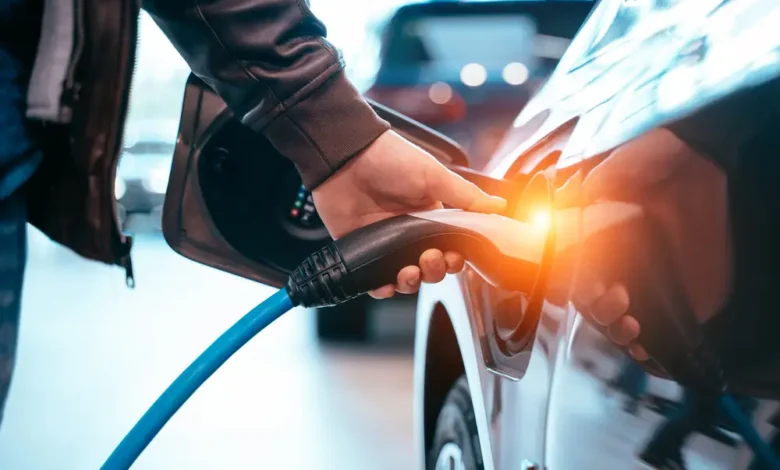Charging Solutions: New Innovations in Electric Car
Innovations in electric car are becoming very popular, two major challenges still face manufacturers and consumers. The electric car cannot fully replace the combustion engine until these are fully addressed.
The first issue is range anxiety. Electric cars, such as the Mini and Nissan Leaf, offer a driving range of a little over 100 miles. On the higher end, the latest Lucid Air provides 516 miles, while the Tesla Model S offers 405 miles, though these are manufacturer estimates and real-life mileage can often be less.
The second, and perhaps biggest, challenge is charging time. Recharging a vehicle, even with a fast charger, takes time. When considering charging times alongside available range, it’s clear how medium to long journeys can pose a problem.
Fortunately, innovations in electric car charging are improving the situation. These advancements in electric car charging technology will help drivers feel more confident in their electric vehicles, bringing us closer to a world where innovations in electric car charging can overcome these obstacles. With innovations in electric car charging continually evolving, the electric vehicle experience is set to improve significantly.
Wireless Charging
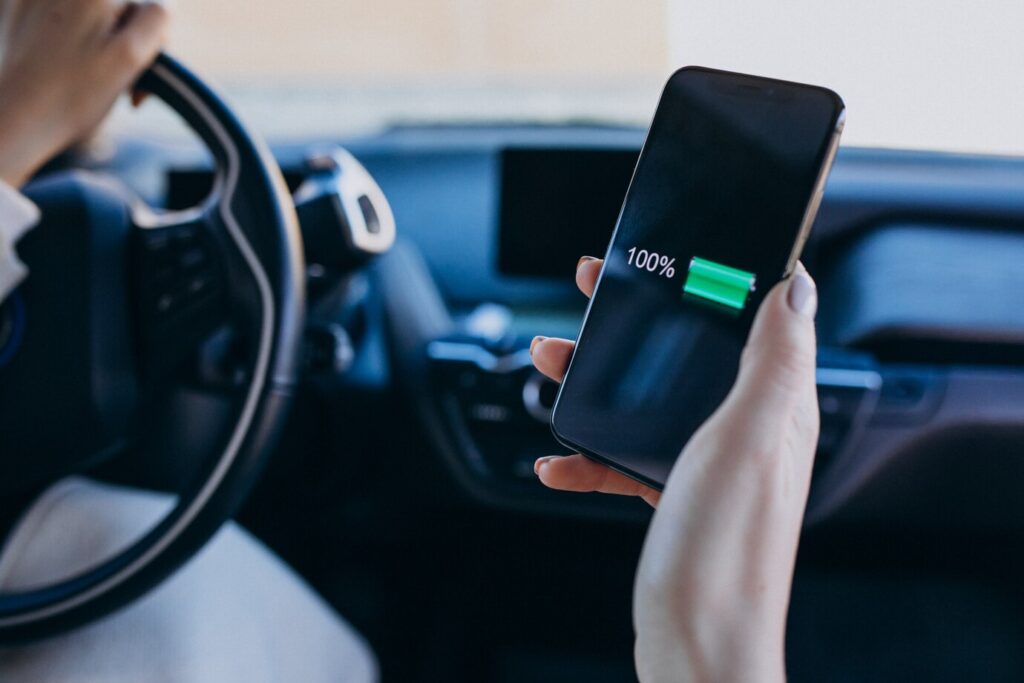
This technology is very similar to the wireless technology used on smartphones. In effect, you’ll have a charging mat hardwired into your home. The mat can be positioned where you wish, allowing you to hide the power cables connecting it to the grid. Then, assuming your car is adapted for wireless charging, you can simply pull your vehicle over the mat and follow the manufacturer’s connection instructions. The charge is transferred via magnetic coils. One is in the charger, the other on the underside of your car. You’ll need to park your car in the right spot to start charging. But the gap between your car and the charger can be several inches. The technology is in its early stages but promises to make charging easier.
Pop-up Chargers
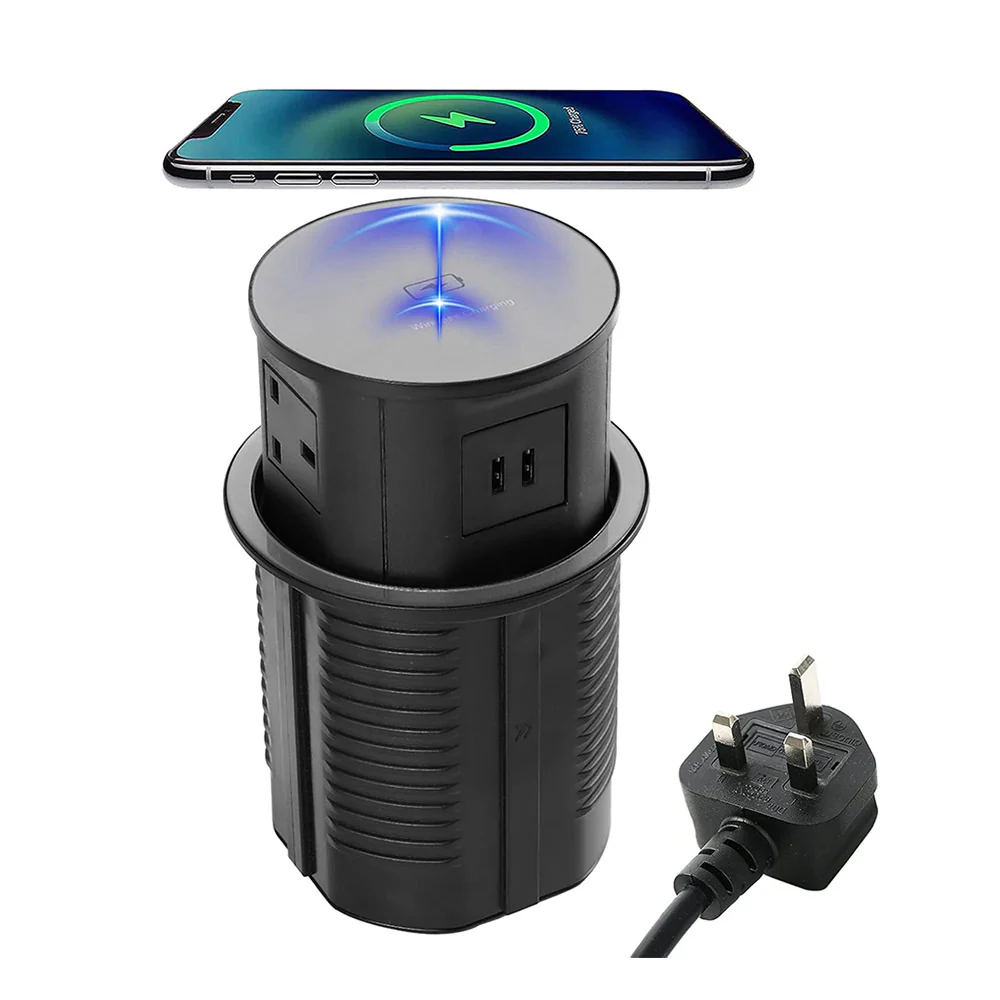
It can be a hassle finding a parking space at the best of times. It’s even harder when you’re limited to one of the available spaces with a charger. Fortunately, the pop-up charger could make the process of finding a space easier. In effect, the charger is on a stalk or bollard which is sunken into the pavement. You park and activate it with an app on your smartphone. The charger rises out of the ground, allowing you to plug in and recharge. Once you’re finished, it slides back into the ground, preventing it from being a trip hazard or even an eye sore.
Lamp-post Charging
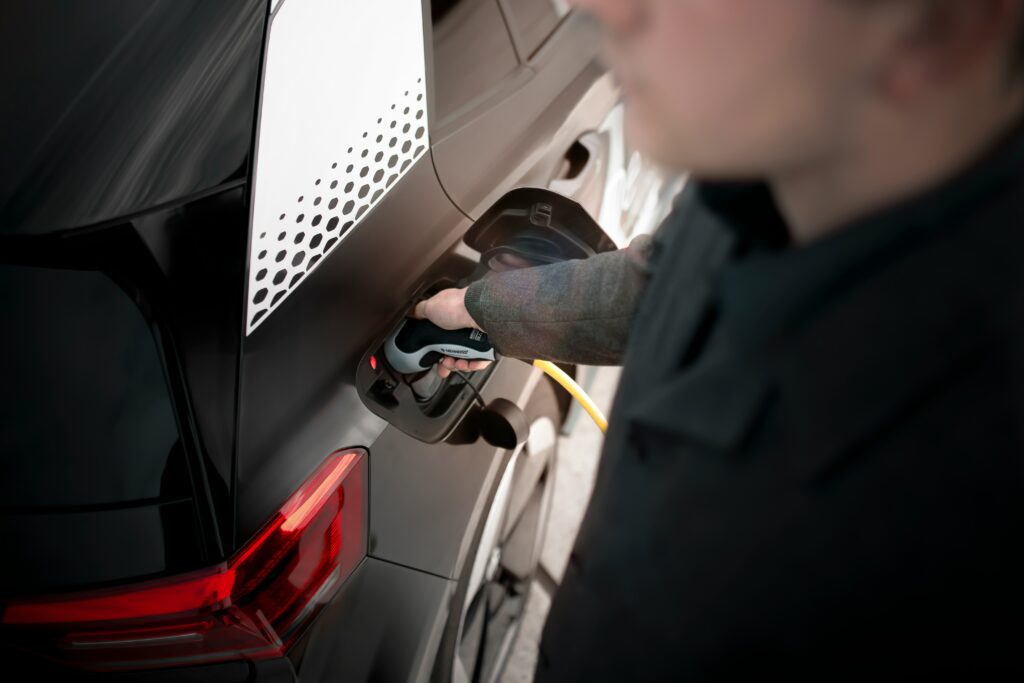
This is an innovative approach and a practical one. There are millions of lamp-posts around any country and they do very little other than provide light for a few hours at night. This makes them perfect as charging stations, especially as they already have an electric supply. With a few adjustments, the lamp-posts could become smart charging stations, allowing car owners to recharge and monitor the vital statistics of their car. The lamp posts can also double as air-quality sensors and even monitor water levels.
Battery Technology
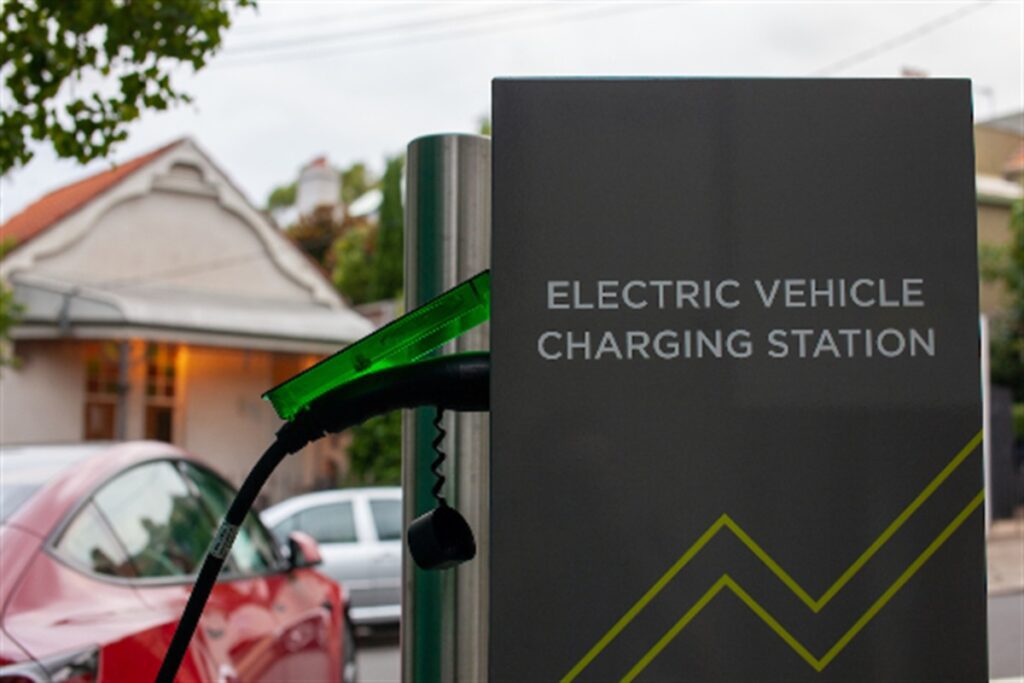
The fast chargers currently available take as much as four hours to recharge an electric car from nearly empty. You can find rapid chargers which can recharge your car in as little as 30 minutes to 80% full. But, the truth is this is still significantly slower than adding diesel or petrol to your car. If you need to charge twice it can add a significant amount of time to your journey. There’s plenty of room for improvement. Currently, scientists at Penn State University in the US are working on a new type of lithium-ion battery which can be fully recharged in just ten minutes. The key has been resolving the rapid heating associated with charging lithium batteries. Another team in Japan has been working on solid-state batteries which can provide much greater range and be recharged faster.
Electrifying Roads
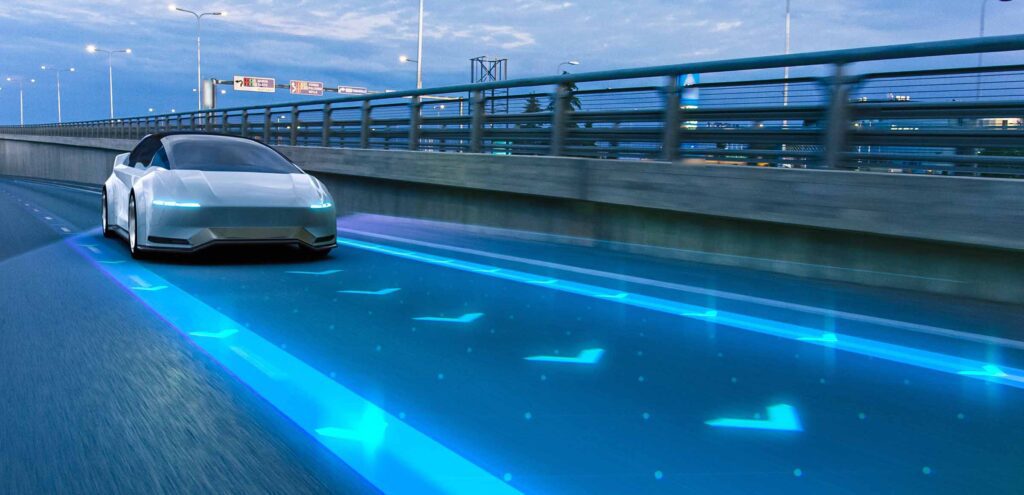
Most people are accustomed to electric trams and trains with overhead or even in-ground electrical supplies. Scientists are currently investigating the possibility of electrifying roads, effectively allowing cars to recharge whenever, and wherever, they are parked. This would use wireless technology and make it much easier to keep your battery topped up. However, there are complications in that batteries would frequently be charged when they are not empty which can shorten their life.
An alternative is to skip the battery and attach arms to electric vehicles, allowing them to connect to a rail above and be powered from above. However, to allow overtaking and direction changes it may be necessary to incorporate a flexible arm system with electric batteries. Of course, this approach would require a significant amount of investment.
Summing Up
It seems pretty clear that there are exciting times ahead for the electric car industry. With so many teams working on the next step in charging, it’s only a matter of time before range anxiety becomes a thing of the past.


